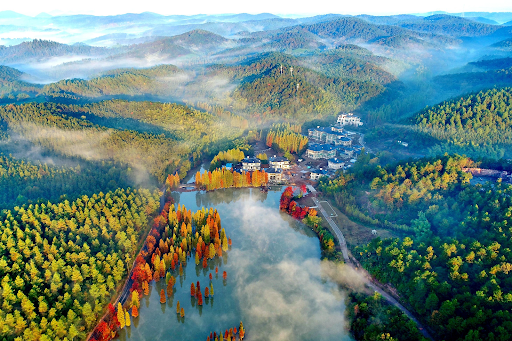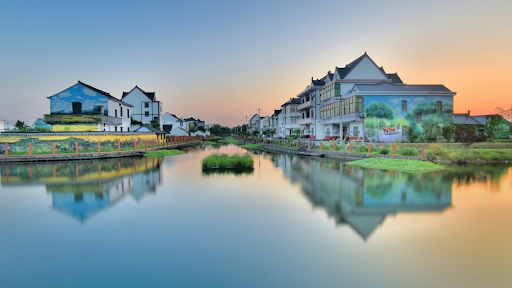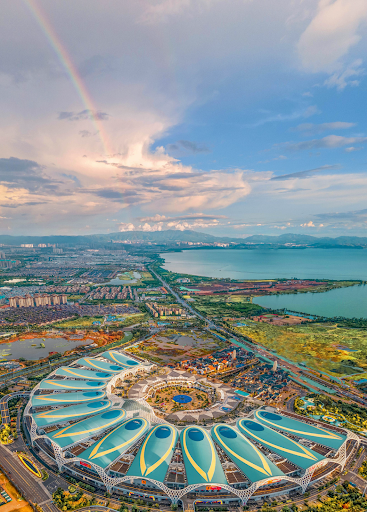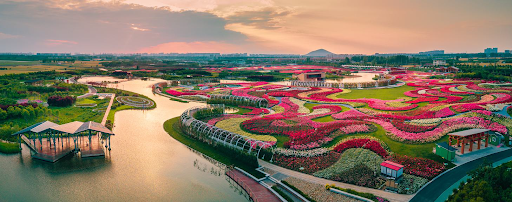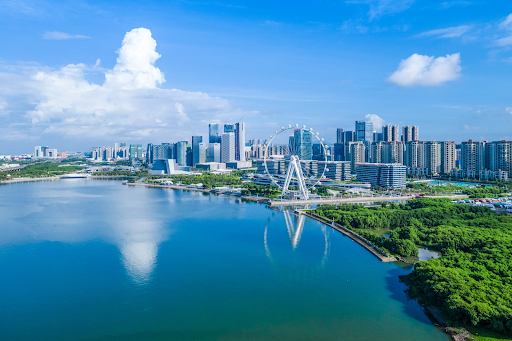The Scottish Government, with support from a wide range of partner organizations, proudly hosted the Edinburgh Process for Subnational and Local Governments on the Development of the Post-2020 Global Biodiversity Framework, which began towards the end of April 2020.


